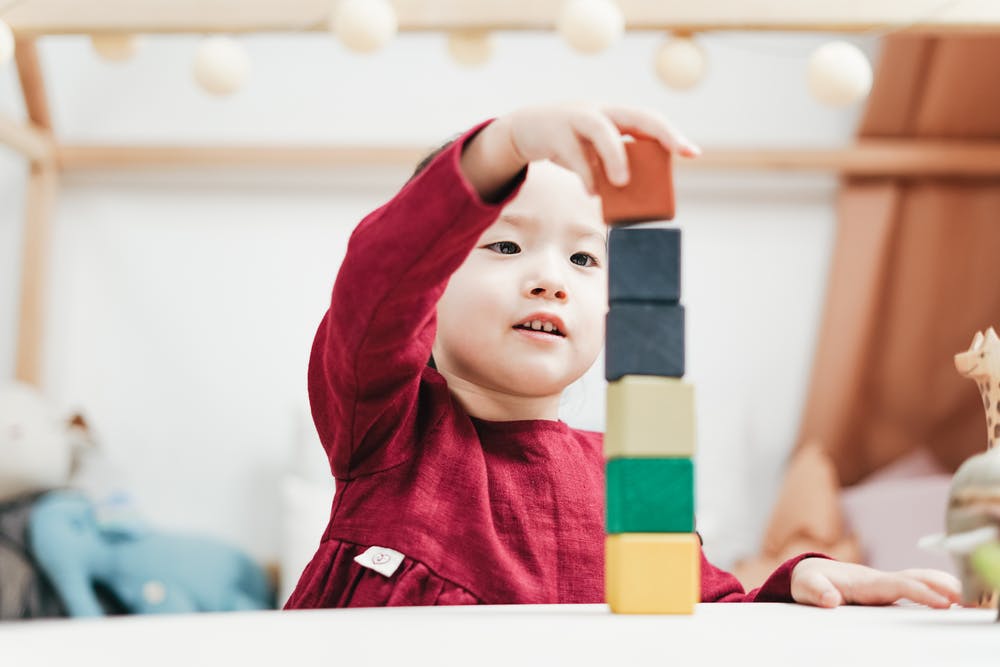The Montessori Classroom: A World Designed for Discovery

#Montessori is an educational approach developed by Italian physician and #educator Maria Montessori in the early 1900s. It is based on the idea of aiding the natural #development of children through child-centered learning.
Key Principles:
- Children have an innate desire to learn and will initiate learning in supportive, thoughtfully prepared environments.
- Learning is facilitated through multi- #sensory materials and hands-on activities rather than direct instruction.
- Children learn at their own pace and follow their individual interests, with the #teacher acting as a guide.
- Mixed age #classrooms allow children to learn from and with each other.
- Independence, freedom within limits, and respect for the child's psychological development are emphasized.
The Classroom:
Step into a Montessori #early-childhood classroom, and you'll find a thoughtfully crafted environment tailored to nurture the blossoming minds of children from birth to age 6. Based on Dr. Maria Montessori's pioneering insights, these prepared spaces are designed to awaken the young child's natural curiosity and drive to learn.
A Carefully Ordered Universe
At first glance, the classroom appears a cozy, inviting space brimming with purposeful activity.
- Children are free to move about and choose work that captivates their interests. Yet this robust freedom exists within an organized micro-universe constructed with intention.
- Low shelves are arrayed with alluring, child-sized materials displayed with precise order and accessibility.
- From sandpaper letters that link tactile and visual learning to knobbed puzzle maps fostering geographic awareness, every object has a thoughtful place and purpose for making abstract concepts concrete.
Beauty as an Integral Element
Montessori understood that beauty plays a vital role in igniting the absorbent mind of the young child.
- The environments she conceived spare no detail in surrounding #students with qualities of grace, aesthetics and harmony.
- From the consciously chosen color palette to the wood materials emanating a sense of warmth and naturalness, visual richness abounds.
- Even the way a classroom is carefully prepared and maintained models an ethic of care that children integrate into their character.
Mixed-Age Communities
Perhaps the most distinct aspect is the integration of multi-age groupings, where children from infant to 6 years share the same classroom.
- Younger students learn through observing and interacting with their elders. Older children, in turn, reinforce their skills through lessons they share as role models.
- This family-like #culture allows younger and older students to progress through a nurturing continuum. It also provides a three-year cycle of learning within the same enriching environment under the caring guidance of #educators trained as "followers of the child."
- From its meticulously arranged offerings to its mixed-age dynamic, the Montessori early childhood classroom is painstakingly designed to unlock each child's highest potential during the most astonishingly formative years of life. It is an atmosphere of holistic learning beyond academic lessons alone.
ChildCareEd is honored to offer Montessori trainings for those intersted. We invite you to check out our Montessori courses like Montessori Essentials or Montessori in Context and sign up today!
We are happy to help! Please call us at (833) 283-2241 if you need any assistance.
- Understanding Montessori's Approach to Child Development
- Admin as Mentors in Early Education
- Classroom Designers ONLINE
- Designing Your School-Age Classroom ONLINE
- Early Childhood Education
- Engaging Parents in the Montessori Toddler Classroom
- Inclusive Montessori: Supporting Diverse Learners in the Classroom
- Language Development in Early Childhood
- Mastering Observation Techniques in the Montessori Classroom
- Montessori Cultural Activities: Exploring the World Through Play and Learning
- The Montessori Classroom: A World Designed for Discovery
- Montessori Mistletoe: How to Create a Holiday-Themed Classroom Using Montessori Principles
- Tips for designing your early childhood classroom space
- World Kindness Day: Inspiring Activities to Promote Compassion and Kindness in the Classroom
- The Outdoor Montessori Classroom
- Special Offer: Save $15 on Montessori Education Training
- Effective and Engaging Classroom and Home Daycare Room Arrangements
- Staying positive in the classroom
- Nature’s Classroom: Why Fall Is the Best Season for Sensory Learning Outdoors
- Celebrating Diverse Cultures: Upcoming Holidays from Around the World
- The Gross (Motor) Truth: 10 Gross Motor Games for Active Classroom Fun
- Ensuring Classroom Safety: The "1, 2, 3, Eyes on Me" Tool
- Confetti, Glitter, and Fine Motor Fun: Montessori Craft Ideas
- Preparing to become a Montessori Assistant
- How to Design Centers That Promote Both Play and Learning
- How to Create and Implement a Visual Schedule for Your Preschool Classroom
- How to Create an Engaging Classroom
- The power of Imagination: How to add it to your classroom
- Deck the Halls with Montessori-Inspired Activities for Kids
- Unlocking the Role of the Montessori Assistant